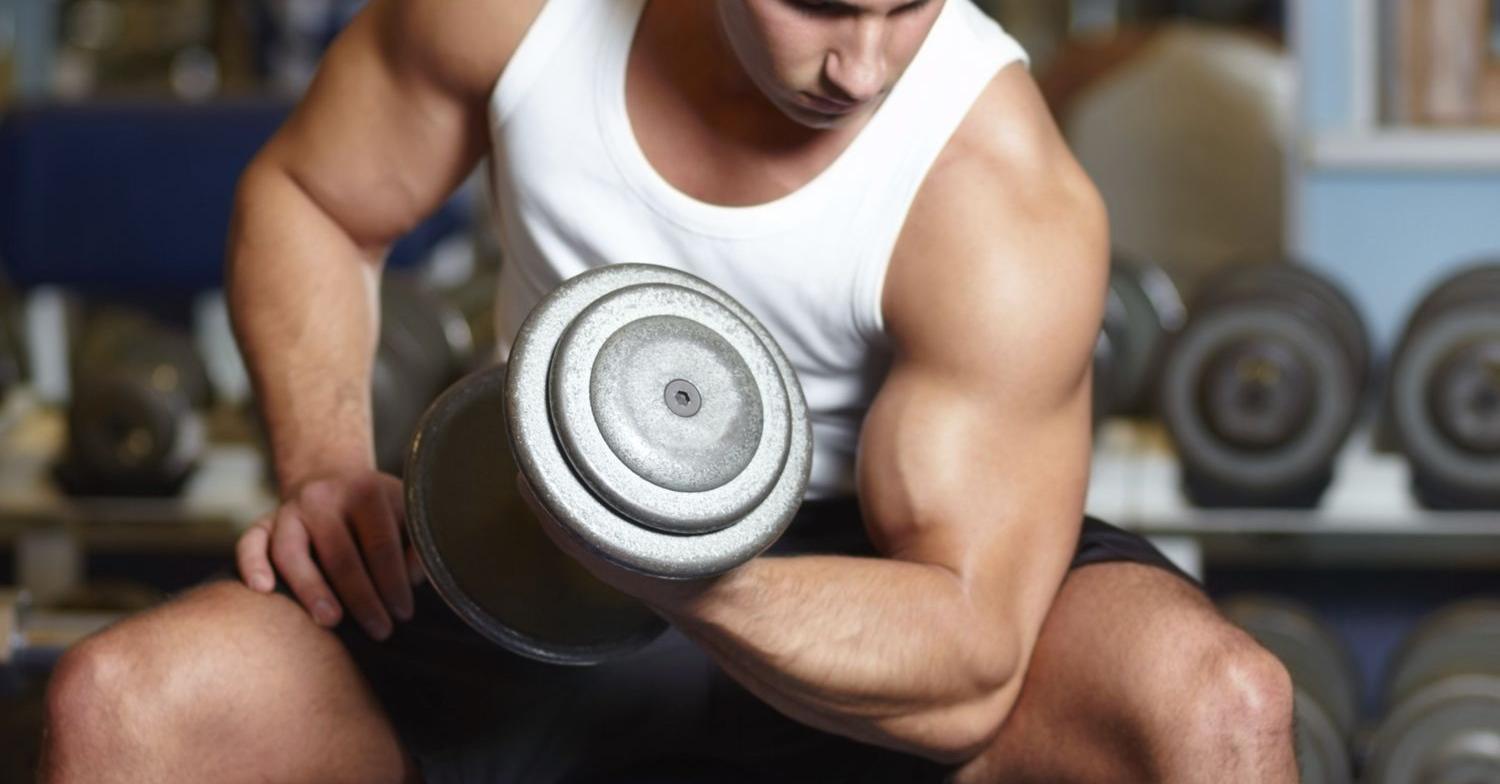Certain substances have garnered attention for their ability to influence physical performance and muscle growth in sports and fitness. Among these, hormonal precursors, often referred to as prohormones, stand out. These substances have a unique role in the body, serving as the building blocks for more active forms. They straddle the line between being inert and immensely influential, waiting to be activated by the body’s natural processes. This dual nature makes them a subject of interest for both medical research and athletic enhancement.
The Transformation Process
Hormonal precursors undergo a significant transformation once ingested. The body, particularly the liver, metabolizes these substances into active hormones. This process is akin to biological alchemy, where an initially inactive compound is converted into a form that exerts powerful effects on the body. It’s a sophisticated biological process that underscores the body’s ability to modify and utilize various substances. The conversion leads to the production of anabolic steroids, which are widely known for their muscle-building and performance-enhancing properties, yet this transformation also brings complexities and risks.
The Role in Muscle Development
Once transformed, these compounds play a significant role in muscle development and physical enhancement. By mimicking the effects of naturally occurring steroids in the body, they contribute to increased muscle mass, strength, and faster recovery times. This is particularly appealing to athletes and bodybuilders seeking an edge in performance. However, this accelerated muscle development can sometimes come at a cost, including potential overreliance or dependency, and it raises questions about the natural limits of the body’s performance.
Health and Legal Implications
However, this advantage does not come without its drawbacks. The use of these hormonal precursors can lead to a range of health issues. The most notable concerns include hormonal imbalances, liver damage, and increased risk of cardiovascular diseases. These health risks have prompted regulatory authorities to scrutinize and regulate the use of these substances. In many regions, they fall under controlled substances due to their potential for abuse and health implications. This regulation is a critical step in ensuring athlete safety and maintaining fair play in sports.
Ethical Considerations in Sports
In competitive sports, the use of hormonal precursors is a contentious issue. Often considered a form of doping, their use is banned by major sports organizations. The ethical dilemma stems from the unfair advantage they provide and the potential long-term health risks to the athletes. This aspect places a significant responsibility on athletes and coaches to adhere to ethical practices and respect the regulations set by sports authorities. The debate extends beyond the sports arena into the realm of public health and personal integrity, emphasizing the need for awareness and responsible decision-making in the use of these substances.
Alternatives and Safer Approaches
Natural alternatives can be a useful option for individuals seeking the benefits of these hormonal precursors without the associated risks. Nutrients such as omega-3 fatty acids, zinc, and vitamin D, among others, support the body’s natural hormone production and can contribute to improved physical health and performance. These alternatives, while not as potent as their synthetic counterparts, offer a safer and more sustainable approach to achieving fitness goals.
A Balanced Perspective
In conclusion, while prohormones present potential benefits regarding enhanced physical performance and muscle growth, their use is intertwined with health, legal, and ethical complexities. Understanding their role, the risks involved, and the legal landscape is crucial for anyone considering their use, especially in sports and fitness. A balanced approach emphasizing safety, legality, and ethical considerations is essential in navigating this aspect of physical enhancement. This balanced perspective not only safeguards individuals from potential risks but also upholds the integrity of sports and the health of its participants.





